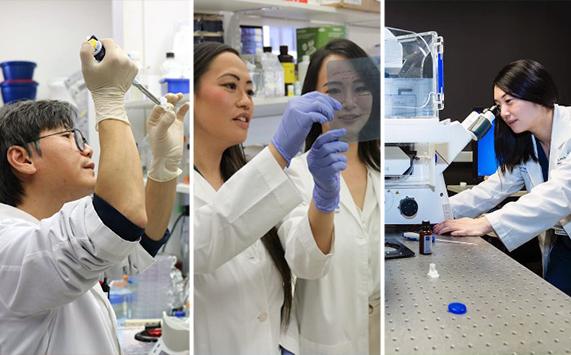We focus on the role of microenvironment immunometabolism in radiation response to ultimately achieve personalized, biology-guided radiotherapy. Our research spans model development, basic science, preclinical studies, and clinical trials. Our success is measured by our team members' achievements and the long-term positive impacts on patients' lives.
Interested in our projects? We are often looking for researchers and students to join our group. Contact us!
